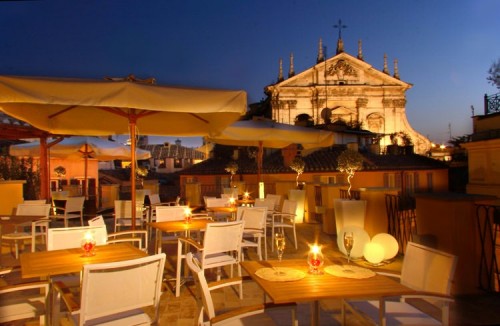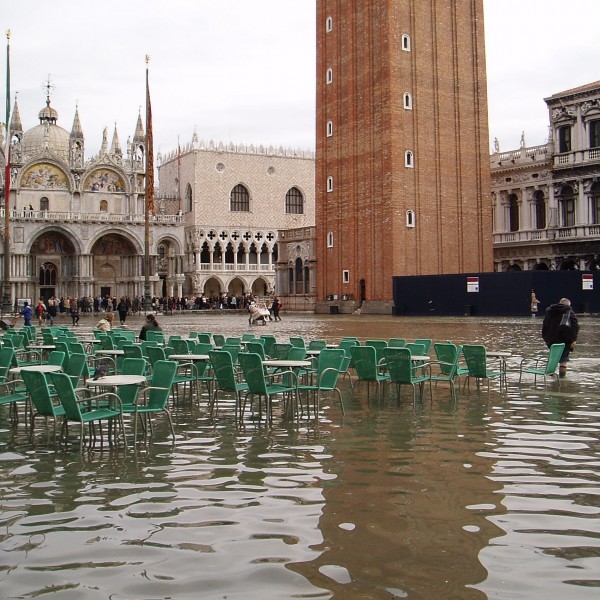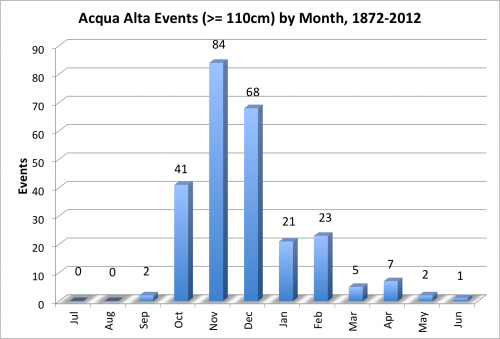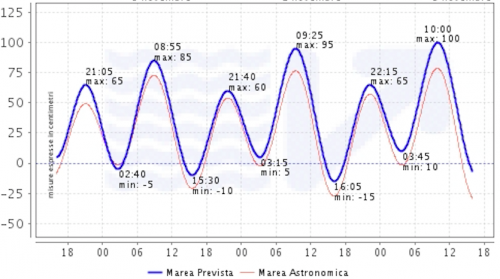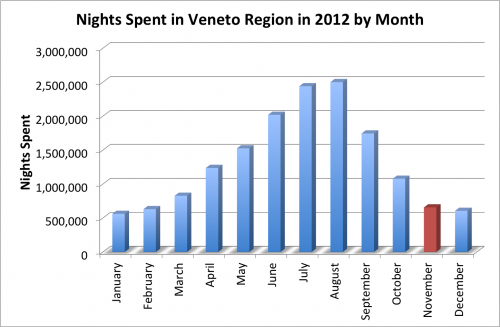Don’t get me wrong, I enjoy hiking, but it can be hard work. The view from the top is almost always worth it, but the steep climbs, heat, sweat, and sore legs can sometimes take away from the fun (and that’s just on the way up – the way down brings knee and ankle problems that people twice our age experience).
I was so happy when my Yosemite-obsessed friend suggested May Lake for our hike this past weekend. It’s one I have never done and I’ve seen pictures – it’s gorgeous. The other great part? The hike was nice, short, and very easy compared to our usual hikes (Yosemite Falls and anything from Happy Isles up – Vernal Falls, Nevada Falls, or all the way up to the top of Half Dome).
The worst part about this hike is the almost 1.5 hour drive from the valley floor (we stayed in the Upper Pines campground). Luckily, there are closer campgrounds that we passed along the way, including the Yosemite Creek, Porcupine Flat, and White Wolf campgrounds. One thing to note is that Tioga Pass Road is open seasonally, so your best bets for hiking up there (or camping in one of the campgrounds) is from about June to September.
The hike itself is just over a mile and while it has a steady incline throughout, it is not a steep incline. No fancy gear is required – just make sure you wear comfortable clothes and some sort of tennis shoes. No swimming is allowed in the lake, so no need for a swim suit. Bring water and food for a picnic at the lake, but if you are only going to the lake, your caloric needs will be no where near those of Half Dome or Yosemite Falls. There is also a restroom at the top, which is a recent addition.
And finally, after an hour and a half drive and a 30 minute hike, you are rewarded with a breathtaking view of peaceful May Lake:
The short hike is perfect for an easy backpacking trip. There are campgrounds at May Lake (May Lake High Sierra Camp). A wilderness permit is required, which is a separate reservation system from the Yosemte campgrounds (such as Upper Pines).
Add an extra 4.5 miles (roundtrip) to your hike by ascending Mt. Hoffman. This is a great choice if you are backpacking and staying at the High Sierra Camp, but even if May Lake is a day trip, it is doable! We were just there to enjoy the scenery, so we opted out of the additional trek up Mt. Hoffman.
May Lake is the perfect hike for a low-key Saturday in Yosemite. Next time, I’ll stay in the area and save on the driving time to and from the valley. Enjoy!



